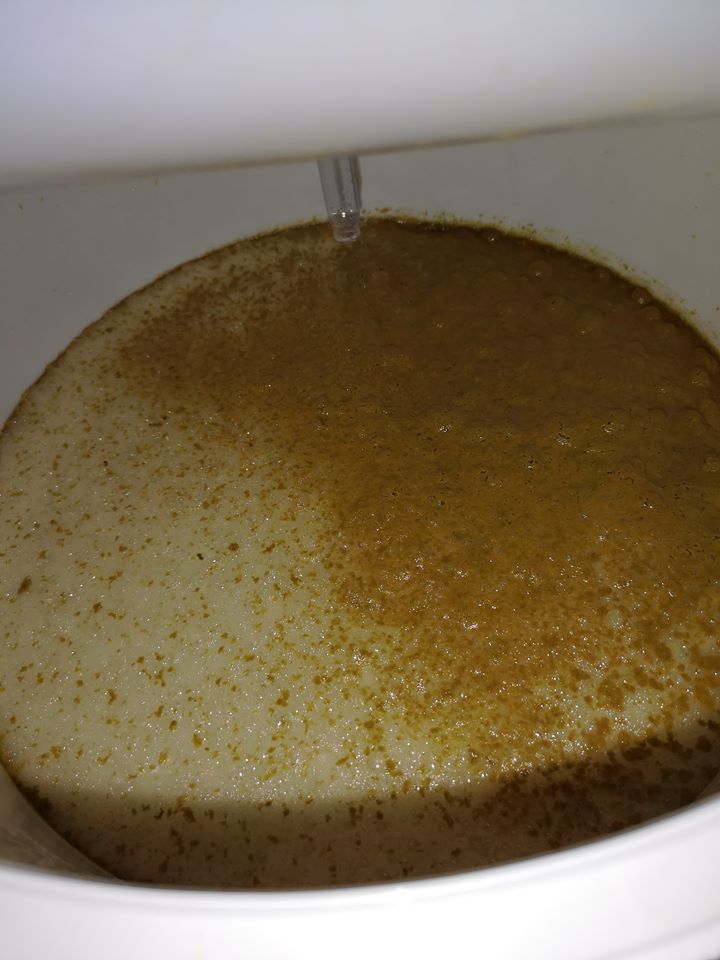ElliotCH
NerdNewbyBrew
Hi all!
I am a 32 years old canadian living in Switzerland where we have nice four seasons.
After having lived next from several artisanal breweries that has sadly closed with time, I am starting my first home brewery.
Most of european kits available on the market aren't really good for meeting my needs because I want to be"fully industrial beer" free and figured that brewing my own would be a great experience and hobby.
Joining the community of Homebrewtalk forum is cool and will like to share my DIY experience and learn from others.
Cheers!
I am a 32 years old canadian living in Switzerland where we have nice four seasons.
After having lived next from several artisanal breweries that has sadly closed with time, I am starting my first home brewery.
Most of european kits available on the market aren't really good for meeting my needs because I want to be"fully industrial beer" free and figured that brewing my own would be a great experience and hobby.
Joining the community of Homebrewtalk forum is cool and will like to share my DIY experience and learn from others.
Cheers!






















































![Craft A Brew - Safale S-04 Dry Yeast - Fermentis - English Ale Dry Yeast - For English and American Ales and Hard Apple Ciders - Ingredients for Home Brewing - Beer Making Supplies - [1 Pack]](https://m.media-amazon.com/images/I/41fVGNh6JfL._SL500_.jpg)



